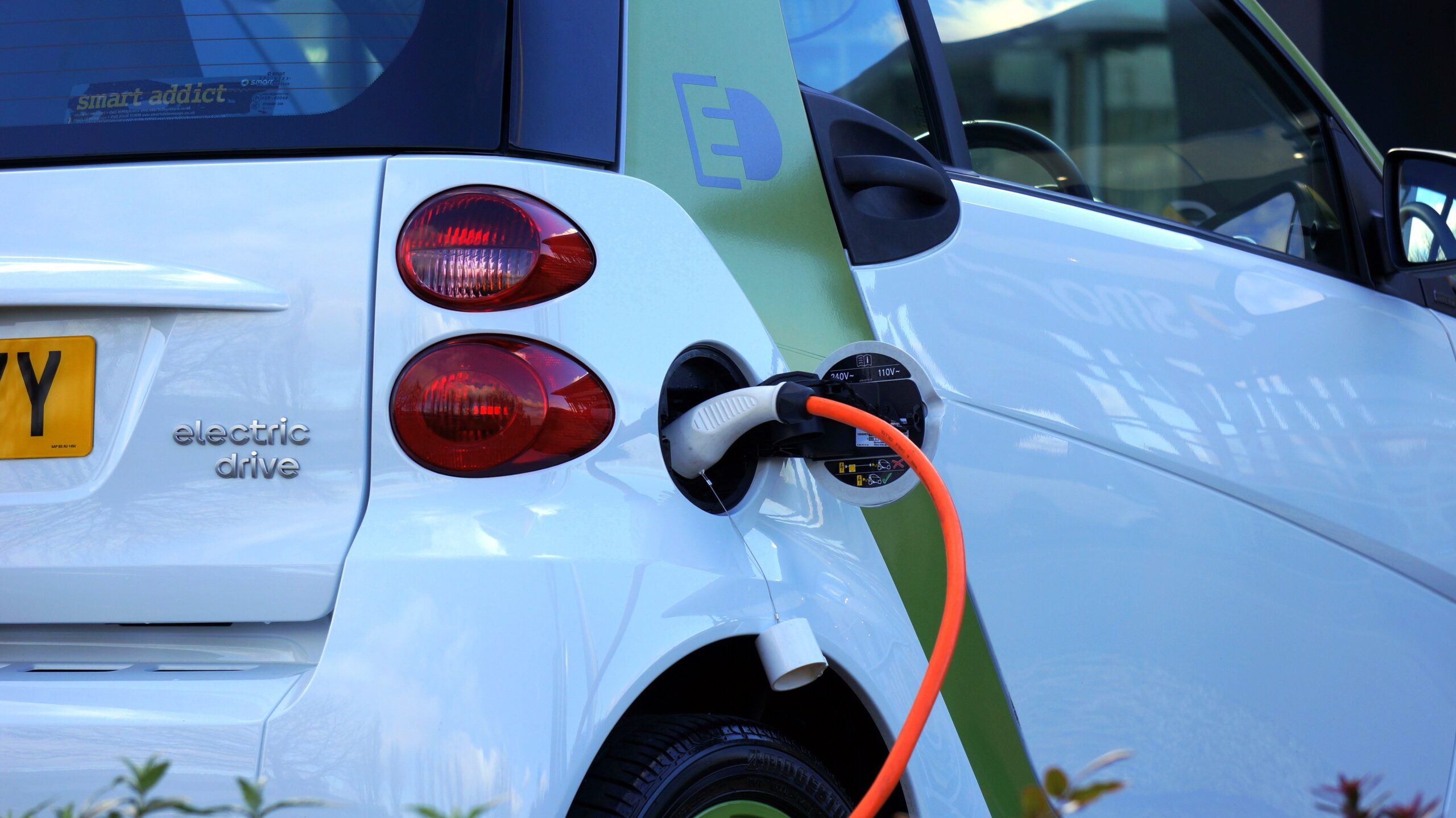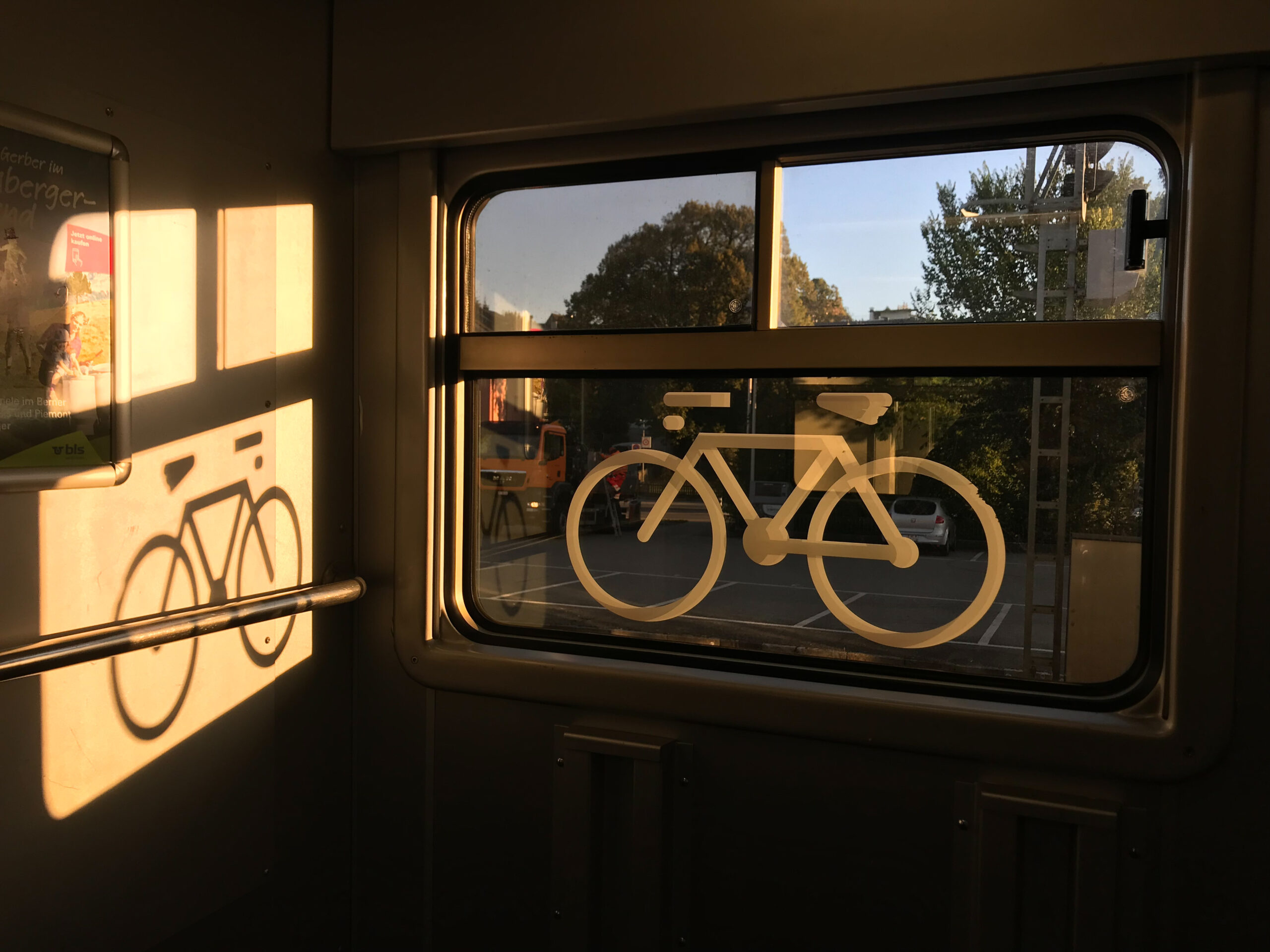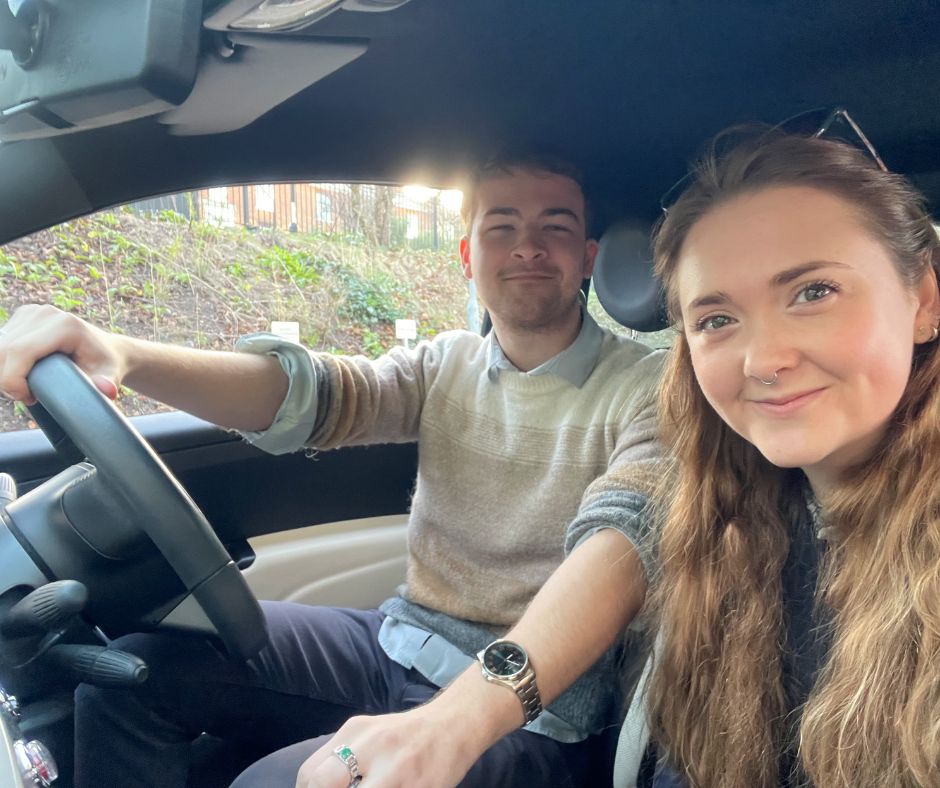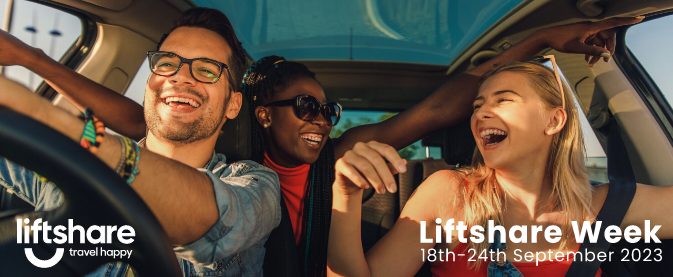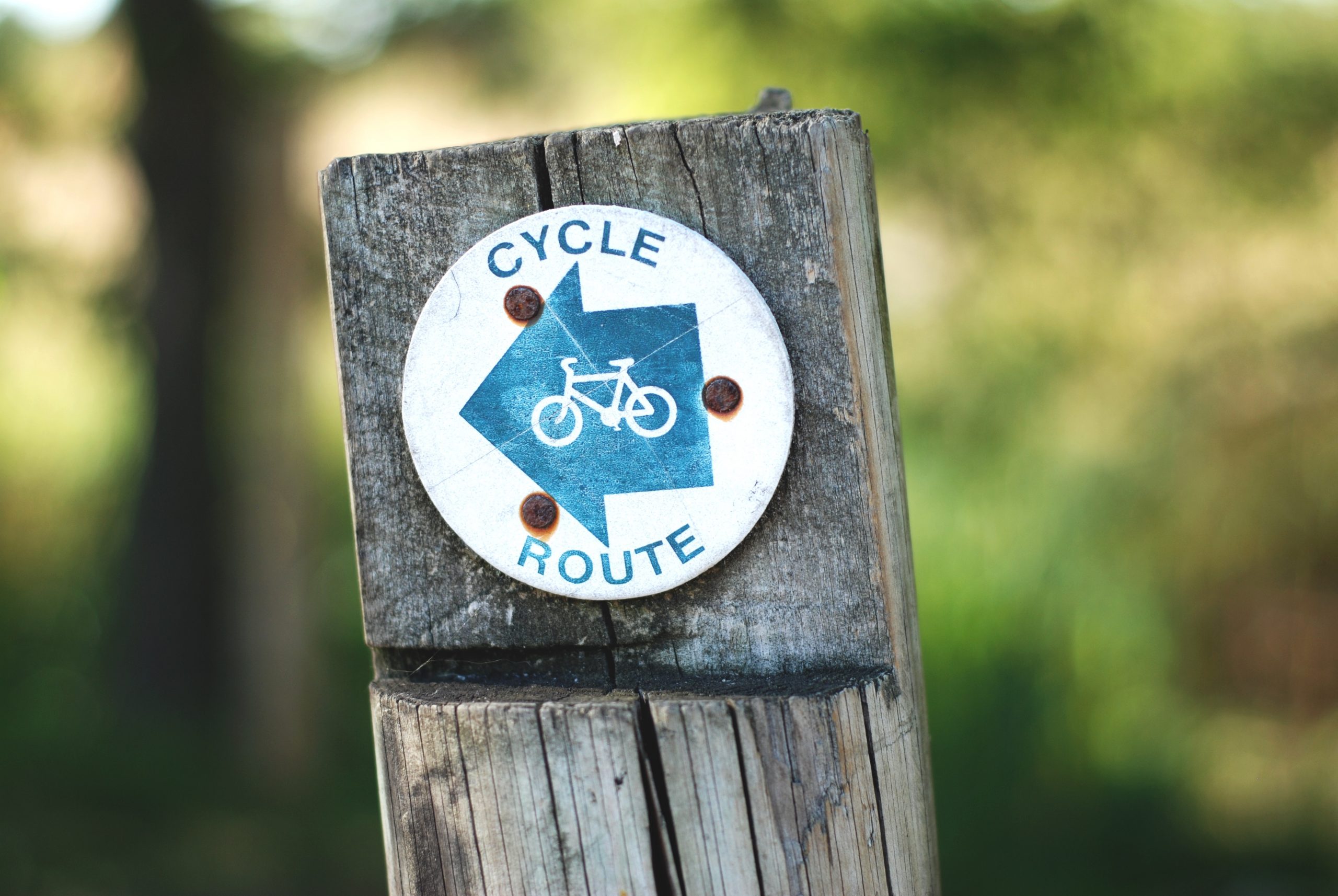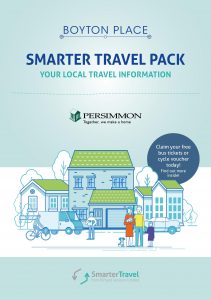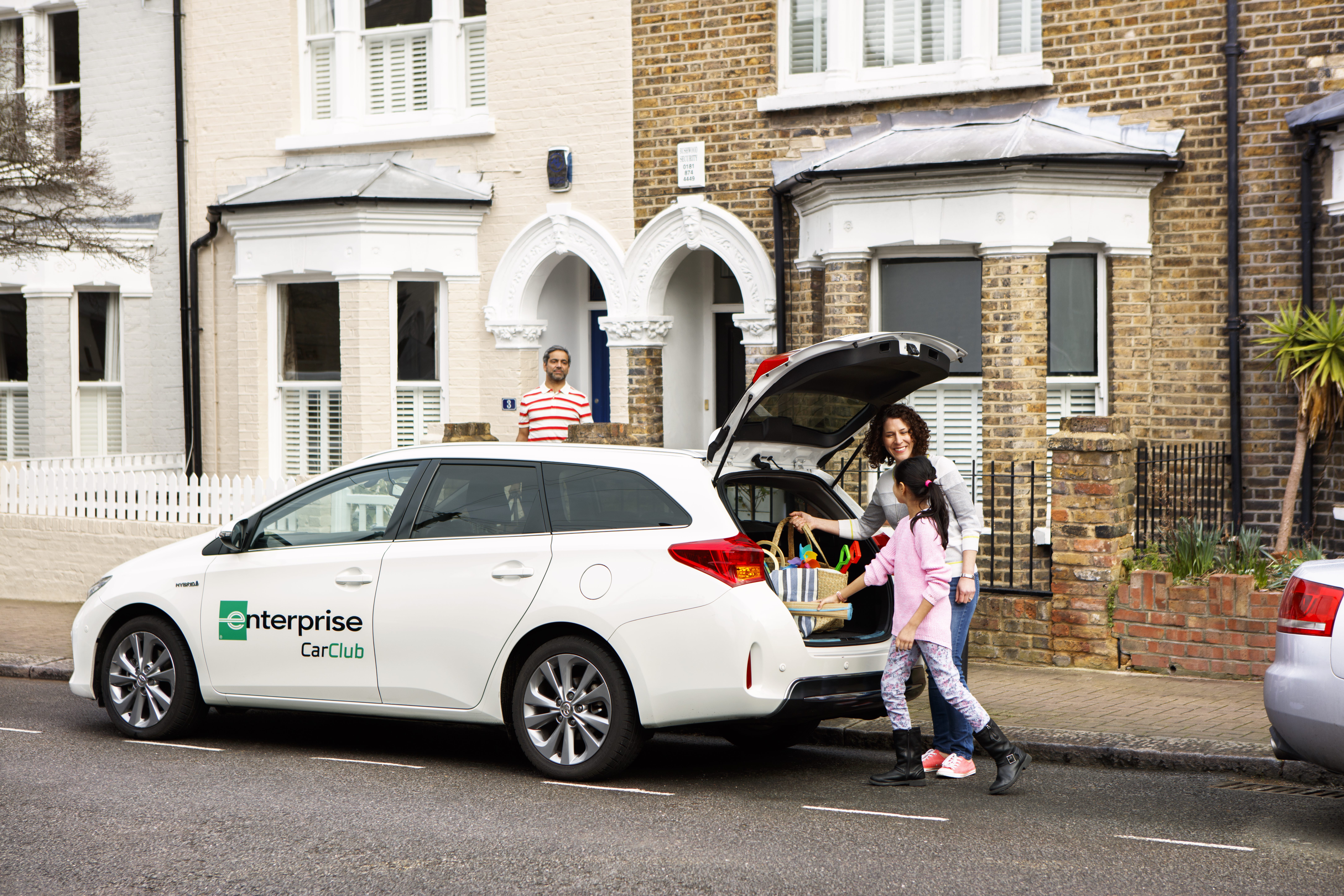
Are you tired of the expense of owning a car? A car club could be the answer for a more convenient and affordable way to travel.
According to Top Gear (2023), over the course of an average 60-years of driving, the typical British driver spends a staggering sum nearing £438,000 on vehicles. This statistic underscores the inefficiency of pouring resources into maintaining and repairing underutilized vehicles. In this context, car clubs emerge as a compelling solution, offering a pathway to maximise the value of car ownership by providing access to a diverse fleet of vehicles without the burden of sole ownership. By embracing car clubs, you save time and money and lose the hassle that comes from owning your own vehicle.
Unlocking the power of car clubs
Car clubs offers a brilliant approach to transportation, providing 767,899 car club members with access to shared vehicles for short-term rentals in 2023, a 38% increase since 2020, resulting in more available car club vehicles, totalling 5,167 as of 2023. UK Government, 2023).
Based on insights from CoMoUK’s 2021 summary report, its revealed that car club vehicles produce 27% less emissions compared to privately owned vehicles, because car club vehicles are less than 5 years old and most car club vehicles are also either hybrid or electric vehicle which produce significantly less emissions than regular petrol and diesel vehicles.”
Car clubs not only offer unparalleled convenience but also serve as champions of environmental stewardship, driving positive change, one mile at a time.
The benefits of car clubs:
Access to on-demand, new, eco-friendly hybrid and electric vehicles. Helping to minimise pollution and reduce your carbon footprint.
Financial benefits of not having to tax, MOT, service or repair the car, which costs the average person £2,835 every year! (Top Gear, 2023).
Not incurring depreciation costs of the car.
Reduces the number of cars on the road which not only decreases congestion and pollution and the risk of hazards and therefore accidents, but also saves you time by not having to sit in traffic, it’s a no-brainer.
Convenience of car clubs
You can have on-demand access to vehicles for quick errands, weekend getaways, or daily commutes. No more worrying about maintenance, insurance, or parking – simply book a car when you need it and enjoy the ride. The convenience of car clubs is brilliant for people who live in the city who can normally walk to their desired destination, but on the off chance of needing a vehicle, car clubs come in useful.
According to CoMo UK’s Annual (2022) report, “in 2022 on average each car club vehicle in the UK replaced 22 private cars” and “73% of car club users who had decreased their car ownership thought that they had saved money compared to owning or leasing a car”.
Enterprise
Rent from Enterprise for £30 a day offer on 75% of their vehicles, valid until the 30th April 2024. Excludes mileage charges, T&Cs apply. See their website for their latest offers.
Hiring a car is made easy, simply unlock a car with just your phone. Enterprise car club membership includes breakdown cover and damage protection and cleaning, making their car club very convenient for trips you need to make.
The regional rates for Norwich & Norfolk is hourly from £7.43 and daily rates from £61.79. The regional rates for London is £9.53 and daily rates from £78.59, you can see more regional rates on the Enterprise website.
Another benefit of using Enterprise is if you have to fill up during your journey, they will cover the cost of your fuel. See more information here.
Hiyacar
You can rent a car from local people at Hiyacar, available in London and lots more cities in the United Kingdom, find your local hire location on Hiyacar’s website. There is no deposit required and pricing starts from £28 a day. Hiyacar provides roadside assistance as part of hiring a car. Hiyacar offers a subscription plan that costs £6.99 a month, which gives you a 500 miles per day mileage allowance, pick up/drop off times are 24/7 compared to a regular member that has allocated hours for this and the minimum duration of hiring a car is 1 hour.
Review’s on Hiyacar’s website “Great hire! Very easy to deal with and excellent service”
“Simple efficient system with no hidden fees or later rip offs. How car hire should be.”
Zipcar
Zipcar is a car club available in lots of locations in the United Kingdom more find your nearest car club on their website Zipcar’s map. Zipcar is a more affordable way of travel.
Zipcar provides fuel for 60 miles each day and they pay for Congestion Charges.
They have three plans available; the Basic plan costs between £9/hr and £90/day and a £15 driving credit is approved, the Smart plan costs £6 a month with driving rates from £7hr and £70 a day and a best value Plus plan that costs £15 a month with driving rates from £6hr and £60 a day. Zipcar (2024)
Browse CoMoUK’s map to see your local car club.

